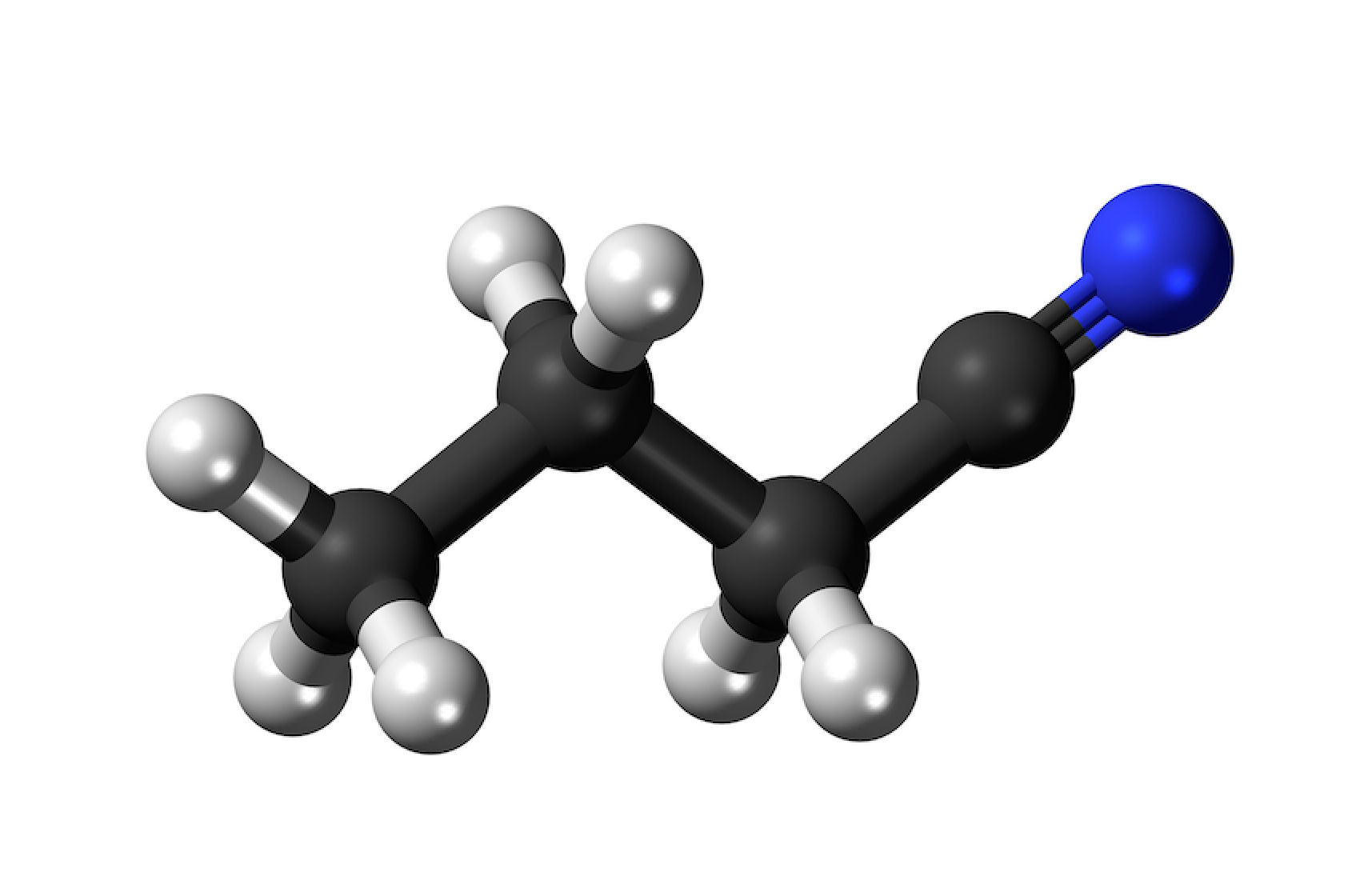Theoretical Investigations Of Propyl-cyanide Formation In Gas Phase And On Ice Mantles

Propyl cyanide (PrCN) (C3H7CN) with both linear and branched isomers is ubiquitous in interstellar space and is important for astrochemistry as it is one of the most complex molecules found to date in the interstellar medium.
Furthermore, it is the only one observed species to share the branched atomic backbone of amino acids, some of the building blocks of life. Radical-radical chemical reactions are examined in detail using density functional theory, second order M{\phi}ller Plesset perturbation theory, coupled cluster methods, and the energy resolved master equation formalism to compute the rate constants in the low pressure limit prevalent in the ISM. Quantum chemical studies are reported for the formation of propyl-cyanide (n-PrCN) and its branched isomer (iso-PrCN) from the gas phase association and surface reactions of radicals on a 34-water model ice cluster.
We identify two and three paths for the formation of iso-PrCN, and n-PrCN respectively. The reaction mechanism involves the following radicals association: CH3CHCH3+CN, CH3+CH3CHCN for iso-PrCN formation and CH3CH2+CH2CN, CH3+CH2CH2CN, CN+CH3CH2CH2 leading to n-PrCN formation. We employ the M062X/6-311++G(d,p) DFT functional and MP2/aug-cc-pVTZ for reactions on the ice model, and gas phase respectively to optimize the structures, compute minimum energy paths and zero-point vibrational energies of all reaction mechanisms.
In gas phase, the energetics of the five reactions are also calculated using the explicitly correlated cluster ab initio methods (CCSD(T)-F12). All reaction paths are exoergic and barrier-less in gas phase and on the ice-model suggesting that the formation of iso-PrCN and n-PrCN is efficient on the water-ice model adopted in this paper. The gas phase formation of iso-PrCN and n-PrCN however requires a third body or spontaneous emission of a photon in order to stabilize the molecules.
Boutheina Kerkeni, Victoria Gamez, Ghofrane Ouerfelli, Maria Luisa Senent, Nicole Feautrier
Comments: 11 pages, 5 figures
Subjects: Astrophysics of Galaxies (astro-ph.GA); Solar and Stellar Astrophysics (astro-ph.SR)
Cite as: arXiv:2301.12297 [astro-ph.GA] (or arXiv:2301.12297v1 [astro-ph.GA] for this version)
Submission history
From: Bouheïna Kerkeni Dr
[v1] Sat, 28 Jan 2023 21:12:25 UTC (11,746 KB)
https://arxiv.org/abs/2301.12297
Astrobiology, Astrochemistry








